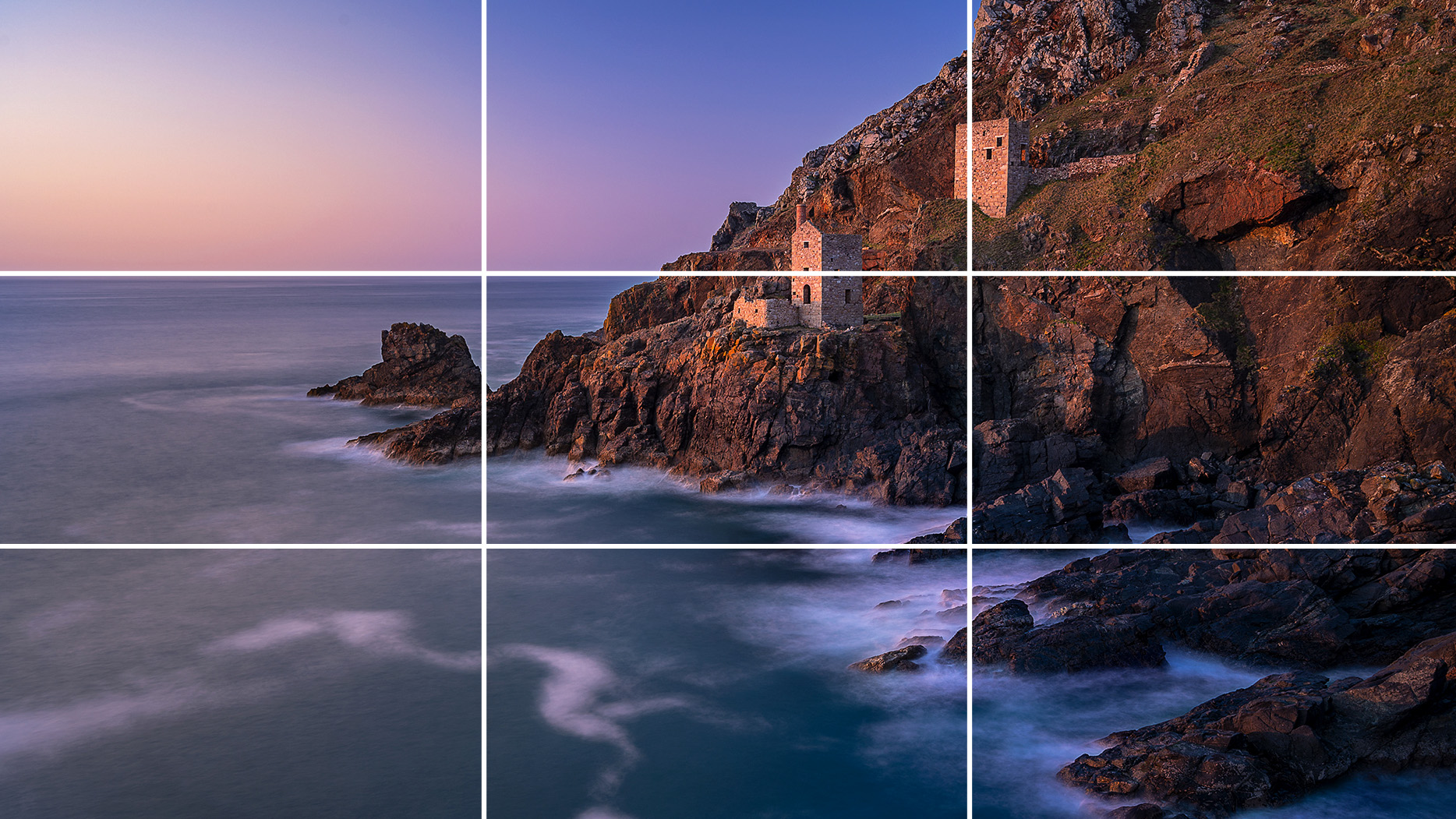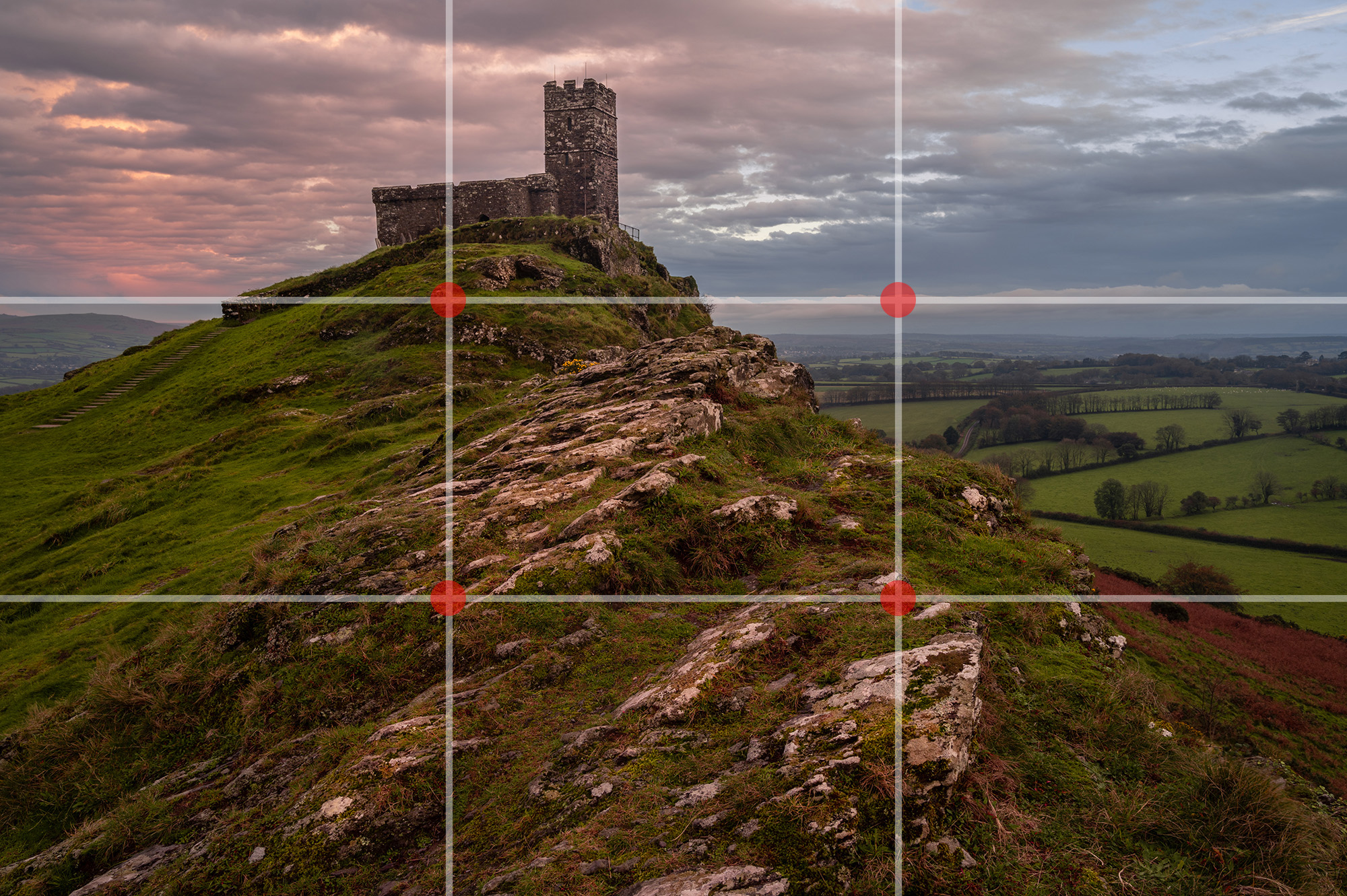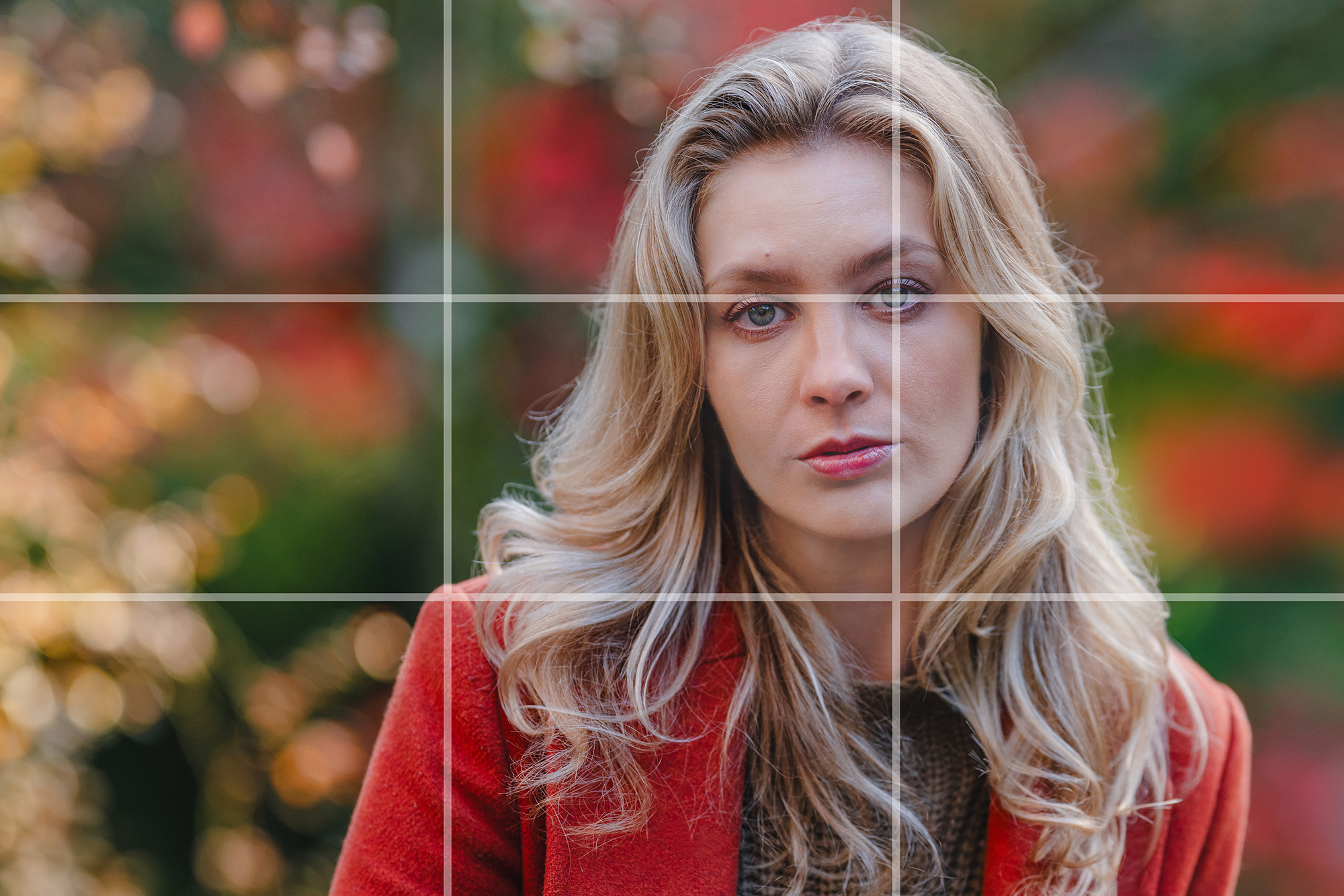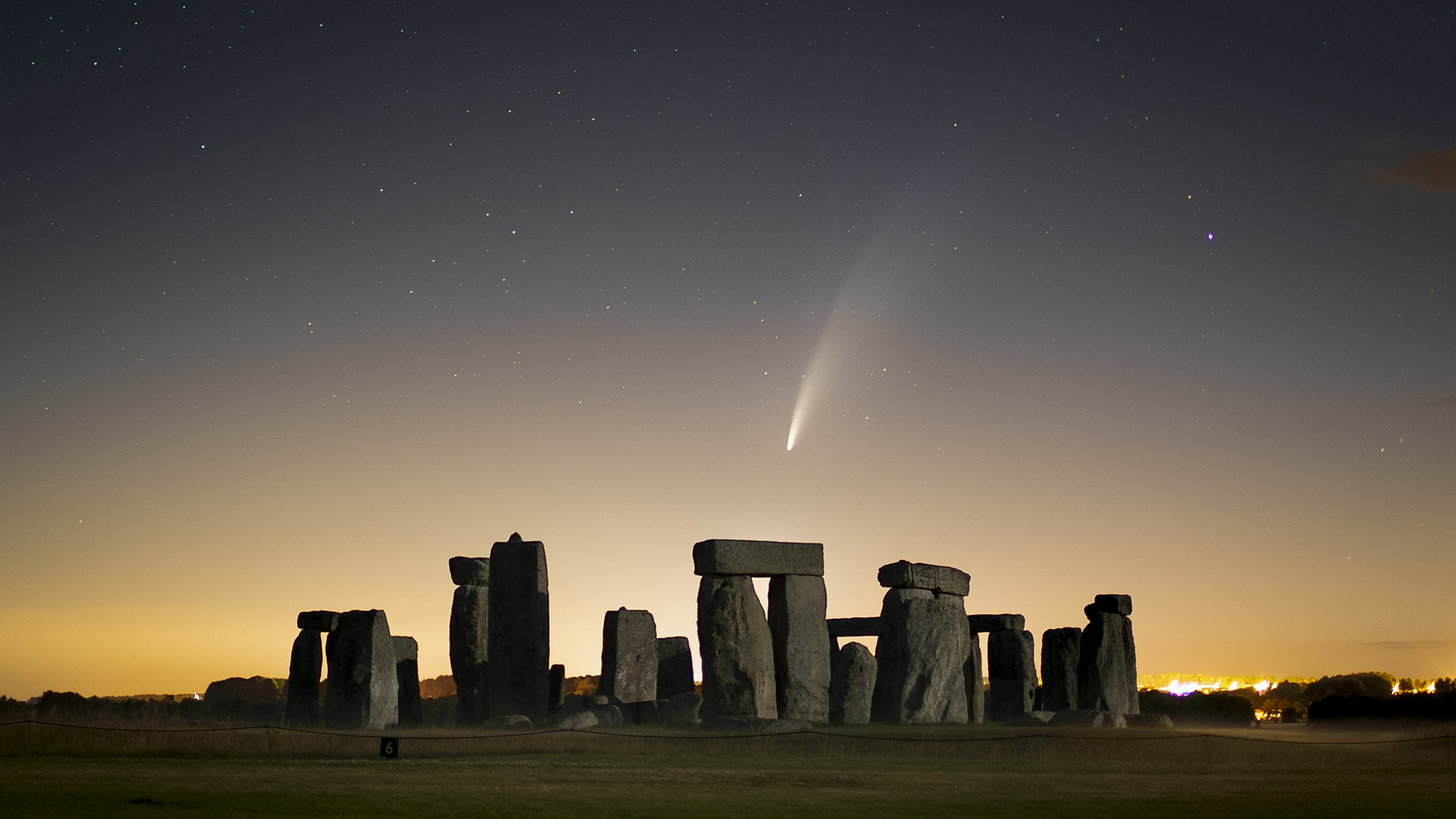Rule of thirds photography gets a bad rap, but I think it’s the best compositional technique for beginners to learn
Say what you like about rule of thirds photography, but there’s a reason it’s the most famous compositional technique of all

The rule of thirds is the most famous compositional technique of all, and usually one of the first things new photographers learn when they pick up their first camera for beginners. But recently, I’ve seen countless articles and videos declaring that rule of thirds photography is limited and outdated.
The fact is, they’re not necessarily wrong. But if you only read the catchy headlines, you might be led to believe that you should avoid rule of thirds photography altogether.
Ultimately, it comes down to context – something we’re all guilty of missing out on when browsing online content. Most negativity towards rule of thirds photography is probably intended to encourage intermediate photographers out of their comfort zone – nothing wrong with that. But if you’re a complete beginner, my advice is certainly not to avoid the rule of thirds. It can still be incredibly advantageous.
First, let’s examine what is the rule of thirds to begin with.
What is rule of thirds photography?

The rule splits the camera frame into nine equal-sized rectangles, via two vertical lines and two horizontal lines, forming a three-by-three grid. These lines intersect at four points near the center of the frame, which some like to call intersection points. And this is the crux of rule of thirds photography.
By positioning one of these intersections over the focal point of your image, you will instantly offset the subject, creating a more interesting composition. This might be the eye that’s closest to the camera if you’re capturing a portrait, or a lone tree if you’re capturing a landscape. Do this and you'll leave one side of your image with more space than the other.
As to which intersection point you choose, typically you want your subject to be looking towards or facing the area of space – or for the area of space to provide additional interest within the frame.
The horizontal lines are useful, too. Landscape photographers will often line up the horizon with either the top or bottom horizontal line on the rule-of-thirds grid. Similarly to the intersection points, this creates a more interesting offset. If the sky is dramatic and interesting, you may opt to place the horizon on the bottom horizontal line, but if the foreground is more interesting than the sky, you’d be better off placing the horizon on the top horizontal.
Why should beginners embrace rule of thirds photography?
It’s simple and effective: When you first commit to being a photographer, there’s no reason why you can’t start taking images you’re proud of immediately. But if you’ve never thought about composition seriously, the last thing you want to do is confuse yourself. Many photographers consider the golden ratio to be more effective than the rule of thirds, but it’s also more complicated to apply and understand. The rule of thirds will get you capturing solid-looking photos straight off the bat, which will boost your confidence.
A one-shoe-fits-all solution: The rule of thirds is a compositional technique that rarely fails to turn out a solid photo, because it can be applied to almost any genre and a broad range of situations. Other compositional techniques may only be suitable in specific instances, meaning you’d need to study and memorize lots of them to adapt to a variety of situations. As a beginner that’s a tall order, making the rule of thirds is a much more viable short-term solution.
It gives you a framework: Most people use photography as a means to an end – a way to document a holiday or family event – and there’s nothing wrong with that at all. Their focus is recording what’s in front of them, but they’re not thinking about how they record what’s in front of them. That intent is, in my opinion, the difference between a person with a camera and a photographer. The rule of thirds gives you that framework. It makes you think not just about what you’re photographing but how you’re photographing it.

Learn the rules then break them: I consider rule of thirds photography to be a foundational technique. It’s no good diving into some of the more complicated compositional techniques, such as negative space and the golden ratio, if you don’t have a good grounding. The rule of thirds will give you that foundation, which you can then build upon. And yes, eventually break.
The rule-of-thirds grid: Almost all modern cameras have a rule-of-thirds grid, which can be overlaid onto your live-view screen or electronic viewfinder. This visual reference makes it much easier to apply the compositional technique. Use other examples, such as the rule of odds or frame within a frame, and you have to rely on your own observations as a photographer, which will take time to develop.
It’s a landscape staple: The rule of thirds is perhaps most effective when shooting landscapes. And landscape is, by and large, the most popular photography genre for beginners, since it’s so accessible and doesn’t require oodles of expensive kit.
It’s a great base you can tweak: When you start learning other compositional techniques, you’ll find they often work in conjunction with rule of thirds photography. For example, leading lines, depth, color, minimalism and the rule of odds can all be used alongside the rule of thirds in many cases. So even when you start to learn additional nuggets of compositional wisdom, you can often rely on the rule of thirds to accommodate them.
You may also like...
If you're interested in learning foundational techniques find out why I still use the 'outdated reciprocal rule, how I learned the exposure triangle and how to enable back button focus.
Get the Digital Camera World Newsletter
The best camera deals, reviews, product advice, and unmissable photography news, direct to your inbox!

Mike is Digital Camera World's How To Editor. He has over a decade of experience, writing for some of the biggest specialist publications including Digital Camera, Digital Photographer and PhotoPlus: The Canon Magazine. Prior to DCW, Mike was Deputy Editor of N-Photo: The Nikon Magazine and Production Editor at Wex Photo Video, where he sharpened his skills in both the stills and videography spheres. While he's an avid motorsport photographer, his skills extend to every genre of photography – making him one of Digital Camera World's top tutors for techniques on cameras, lenses, tripods, filters and other imaging equipment – as well as sharing his expertise on shooting everything from portraits and landscapes to abstracts and architecture to wildlife and, yes, fast things going around race tracks...
